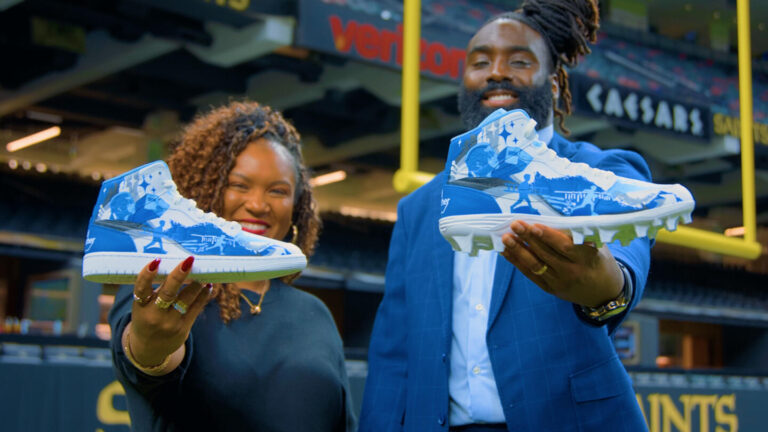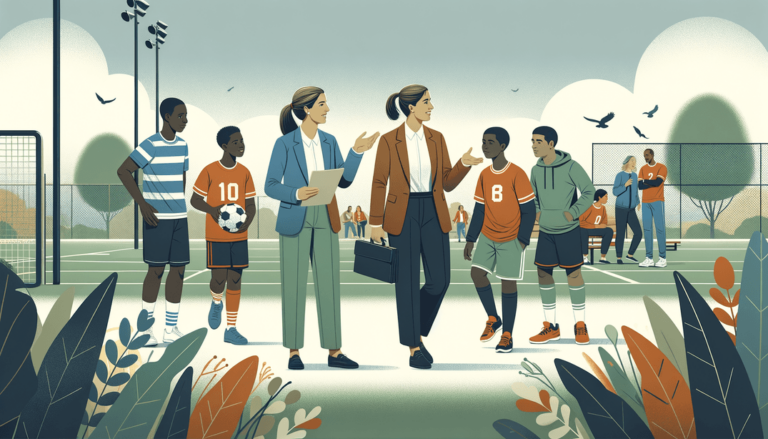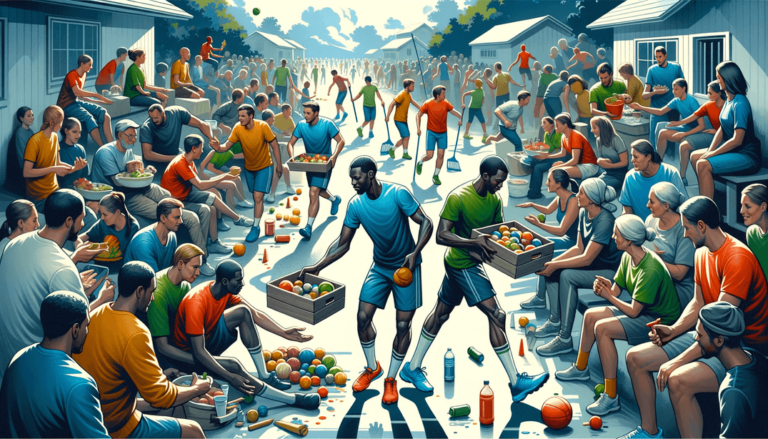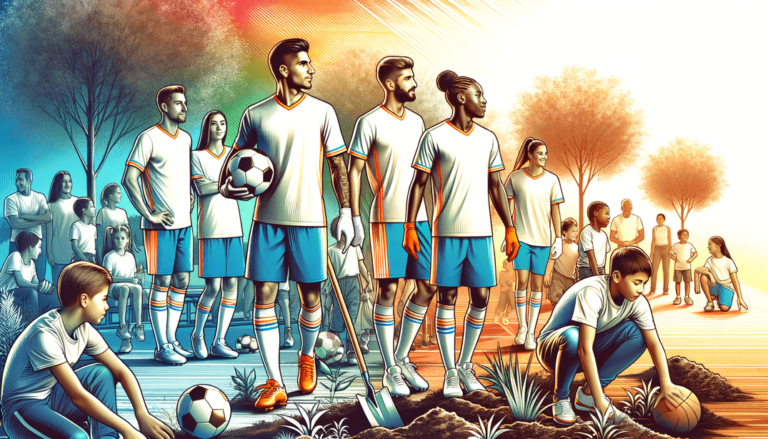Are you wondering how to make a real difference by harnessing the power of athletics? In this article, we’ll explore how sports nonprofit partnerships can spark fresh opportunities for social impact and community engagement. For those aiming to align sports-based ventures with a meaningful cause, Unless offers guidance to help shape and elevate philanthropic endeavours.
Why Sports Nonprofit Partnerships Are So Powerful
Sports have a special power to unify people of varied backgrounds under a single banner. Whether it’s a local basketball league or a global sporting event, athletic competitions invite participants and spectators alike to rally behind a shared celebration of skill and perseverance. This enthusiasm fuels charitable possibilities when tied to nonprofits.
Nearly every professional sports league supports a signature cause, but the real influence comes when local communities and grassroots organizations join forces. A 2022 study by Major League Baseball revealed that its clubs collectively donated over $100 million to charities focusing on youth development, health initiatives, and educational support (Major League Baseball, 2022). Such efforts show how fan passion can translate into tangible support for critical community needs.
To broaden community engagement, many organizations choose to work with a sports philanthropy consultant. This collaboration builds stronger ties between teams and neighborhoods, prioritizing sustainable solutions over one-time gestures.
Key Components of Successful Collaborations
A Shared Mission: Setting a clear mission is the first milestone. Sports organizations are often driven by core values such as integrity and teamwork, while nonprofits target social issues like youth education, poverty alleviation, or wellness. Aligning these values ensures that both sides work in tandem.
Long-Term Relationships: Lasting partnerships avoid the pitfalls of short-term gains. They prioritize consistent engagement, rather than singular high-profile events. Priority is placed on multi-year plans so that both athletes and nonprofits can refine programs and track progress.
Structured Volunteer Opportunities: Fans and community members want to be part of something special. Volunteer programs that unite athletes, staff, and locals can inspire meaningful interaction. Recent data shows that 65% of surveyed companies now offer paid-release time volunteer programs (Double the Donation, 2023), which can link corporate sports teams to local nonprofits for hands-on service projects.
Funding Models and Corporate Engagement
Collaboration between sports franchises, nonprofits, and businesses often generates the funding needed to sustain programs. Many corporations are eager to associate their brand with high-impact ventures and social initiatives. Interestingly, over $21 billion was donated by corporations to nonprofit causes in 2022, marking a 3.4% increase from the previous year (Double the Donation, 2023).
Corporate matching gift programs bring added energy to athletic charity events. Although an estimated 10% of donations could be matched, only 1.31% of gifts typically receive a match (Double the Donation, 2023). Sports-led fundraisers are an exciting way to boost awareness of these volunteer and matching programs. In some cases, leaders also rely on a nonprofit consultant to advance your mission—an expert who structures fundraising plans and pinpoints untapped resources.
Crowdfunding presents another avenue for obtaining capital. Passionate fan bases can donate small amounts, which add up quickly. This model thrives when sports teams highlight a compelling story—for example, giving supporters consistent updates on how their money transforms a local youth facility or helps renovate equipment.
Measuring Impact and Accountability
Creating a social intervention is only the first step. Gauging results is what pushes an initiative from “feel-good story” to genuine community uplift. Many organizations employ Social Return on Investment (SROI) frameworks or other tracking tools to capture tangible outcomes like lower dropout rates, improved health indicators, and community sentiment changes.
When the NFL Foundation announced it had invested more than $500 million in youth football and related community initiatives over 15 years, leaders could cite markers such as the increasing number of students enrolled in after-school sports (NFL Football Operations, 2023). Up2Us Sports, an organization dedicated to youth athletics as a vehicle for positive growth, estimates that for every $1 invested in sports-based programs, $2.74 in social benefits are generated (Up2Us Sports, 2021).
Frequent transparency builds credibility. Using digital dashboards, press releases, and social media updates about funds spent and lives impacted motivates supporters to stay engaged. Athletes can communicate personal impact stories, helping fans connect emotionally to each cause.
Building Community Through Athlete-Led Initiatives
Athlete foundations have become a major force in the nonprofit sphere. Beyond star-studded charity galas, athlete-driven projects often establish year-round mentorship programs, scholarship funds, or specialized health campaigns. By tying an individual’s visibility to a social mission, these initiatives resonate with local fans and media.
With the right guidance, sports icons can use their platforms effectively. In some cases, experts show them the best ways to structure their foundations, pick local partners, or generate volunteer interest. In fact, many professional players also collaborate with philanthropic advisors who have expertise in applying CSR in sports for teams and leagues. These advisors clarify the athlete’s brand voice and match it to relevant missions—from health equity to youth education.
When these athlete-led ventures merge with community organizations, the ripple effect spreads beyond a single donation. Youth see possibilities for their own future, while local nonprofits gain fresh resources, volunteers, and positive publicity.
Bottom Line
Sports nonprofits can turn a passion for competition into collective inspiration. Thoughtful partnerships across leagues, athletes, nonprofits, and businesses generate new outreach channels and resources for local communities. For many, the first step is performing an honest review of a nonprofit’s focus areas and identifying gaps in programming.
Organizations hoping to drive growth can explore a complete mission alignment that pinpoints how athletics might benefit their social cause. Whether you’re part of a local sports club or a fully established professional league, the opportunity to engage communities through charitable action is vast. By working together, sports and nonprofits create victories that reach far beyond the final whistle.
References
Double the Donation. (2023). “Nonprofit Fundraising Statistics.” Available at: https://doublethedonation.com
Major League Baseball. (2022). “MLB Releases 2022 Giving Report.” Available at: https://www.mlb.com
NFL Football Operations. (2023). “Giving Back to NFL Communities.” Available at: https://operations.nfl.com
Up2Us Sports. (2021). “Youth Sports Impact Study.” Available at: https://www.up2us.org





